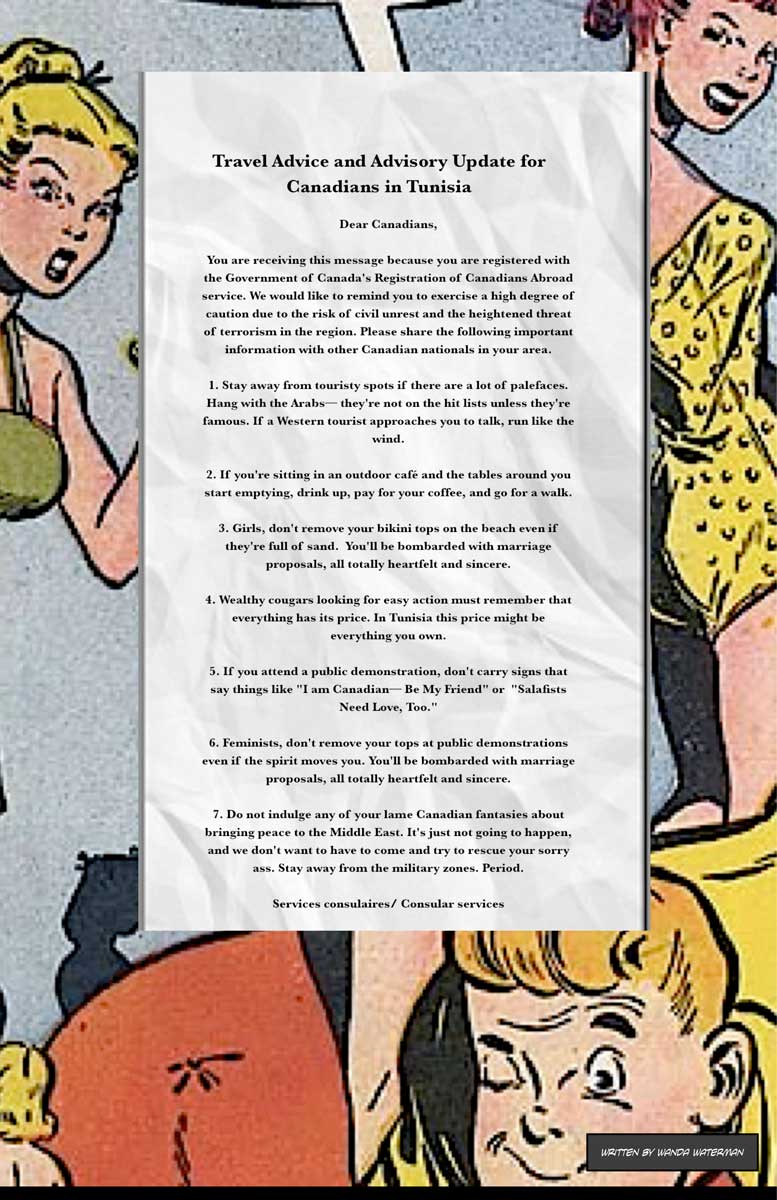 VANCOUVER (CUP) — The advisory group appointed to recommend action on Alberta’s Bighorn Wildland is ignoring key provincial policies, environmentalists say.
VANCOUVER (CUP) — The advisory group appointed to recommend action on Alberta’s Bighorn Wildland is ignoring key provincial policies, environmentalists say.
Pressure from government, industry and off-road vehicle (ORV) users is causing the advisory group to skip over 1986 policies that designated protected areas, says Tamaini Snaith, Conservation Specialist with the Alberta Wilderness Association (AWA) and a member of the advisory group.
“Before we joined [the advisory group] we were told by the government that the existing policies would be upheld. Now it is very clear that they will not be,” said Snaith last week, after the fourth meeting of the advisory group.
Another advisory meeting and a public meeting on March 14 will take place before the fate of the Blackstone-Wapiabi — a portion of the Bighorn — will be decided on March 31.
This is the date the oil and gas industry has said it will wait until before beginning to develop the 23 licences granted in the area over the last few years.
Policy developed in the mid 1980s blocked off large portions of Bighorn Country as prime protection zones, where industrial development and ORV use would have been barred.
In 1986, Dan Sparrow, then minister of forestry, announced the creation of the Bighorn Wildlife Recreation Area, 4,000 km of prime watershed and habitat within Bighorn Country. But legislation to officially create the park was never enacted and the government has stated it will not validate the former minister’s pledge.
Oil and gas development in the Blackstone-Wapiabi will go ahead, according to the provincial government, even though documents show a majority of members on the advisory group oppose industrial activity in this area.
The government has not yet decided if it will allow ORV use in areas that were previously off-limits.
Snaith is pessimistic.
“They are pretty much ignoring studies on the effects of ORVs on wildlife . . . I have been told all my questions are irrelevant.”
Snaith says ORV users constitute only 6.5 per cent of the population of Alberta and that only 8 per cent of provincial Crown land is closed to motorized recreation.
“There’s plenty of room [for ORV use] in other areas,” she said.
Dave Ealey, spokesperson for the ministry of sustainable resource development, says ORV use happens now in prohibited areas because the earlier policy is not enforceable.
“I don’t think that when the Eastern Slopes policy was put in place they envisioned the explosion of ORV use,” said Ealey. “There’s a lot of pressure for this opportunity to be provided. We need to accommodate the variety of uses that have built up over time.”
Lisa Block, an information officer with the ministry, points to a clause in the earlier policy that would allow the government to overturn its previous commitment to ORV-free areas.
“The letters we’ve received say “?we want [ORV] access,'” she said.
But Snaith says the March 31 decision won’t be informed by good science, stated government policy or the majority of public opinion.
“We’ve gone backwards. At the beginning they said we were there to manage the access [already] allowed and now they’re adding access, ” she said.


